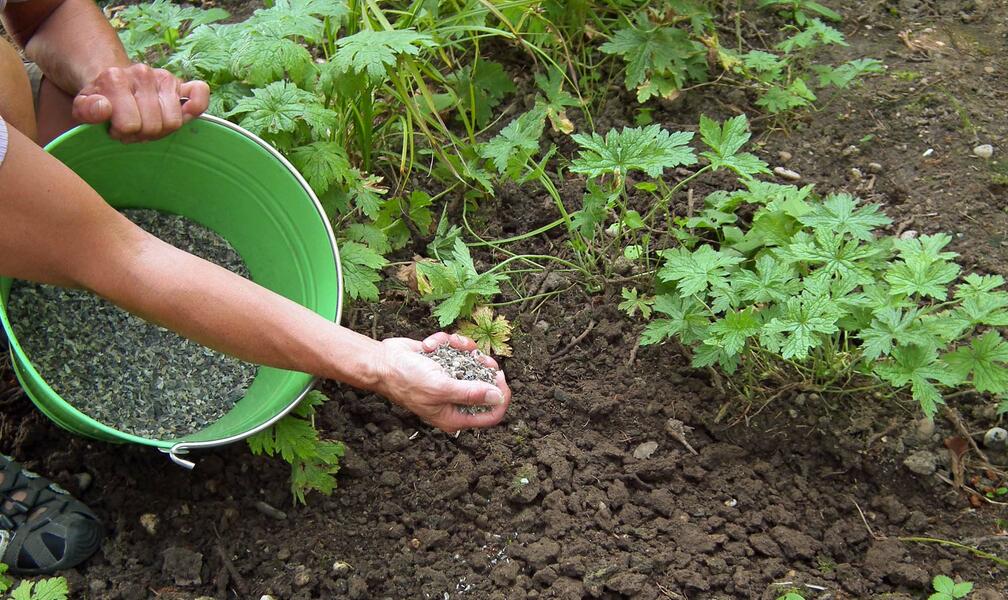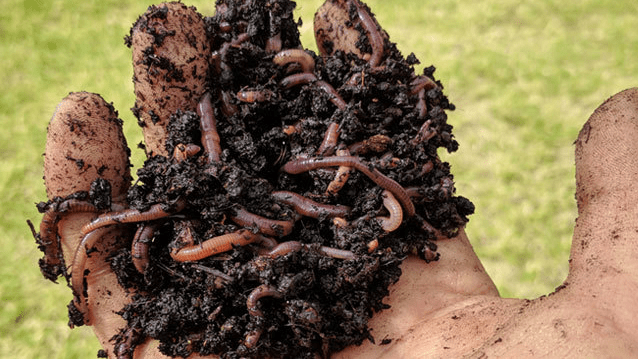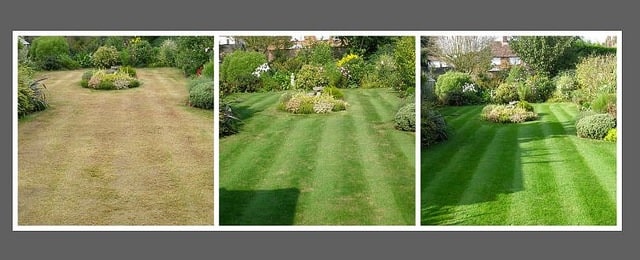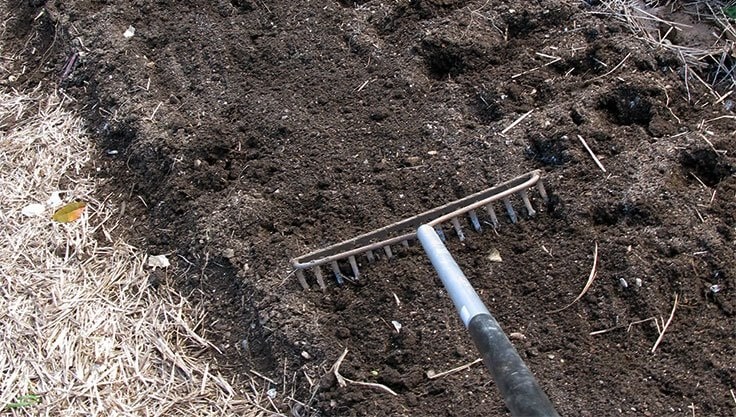Most perennials don’t necessarily need fertilising. However, in some cases, it’s still beneficial to provide them with nutrients to support healthy growth.
With proper nutrition – such as horn shavings – gaps in the perennial bed will fill in more quickly.
Just like vegetables, perennials are divided into light feeders and heavy feeders – meaning some need little to no fertiliser, while others require more nutrients. The group of nutrient-demanding perennials is relatively small and mainly consists of highly cultivated, lush-flowering border perennials like delphinium, phlox, coneflower, and sneezeweed. Many of these species originate from the North American prairies, where they grow in nutrient-rich loess soils.
If your garden soil is sandy, you should apply 2 to 3 litres of mature compost per square metre every spring, mixed with a heaped handful of horn shavings.
Planning a new perennial bed? During soil preparation, it’s also a good idea to work in plenty of well-rotted cow manure.
Contents
Fertilising After Cutting Back for Rebloom
Some early summer bloomers like salvia, delphinium, and others will rebloom later in the season if cut back a hand’s width above the ground right after their main flowering period. This process, known as remontancy, requires a lot of energy from the plant.
To support this, fast-acting nutrients are helpful. An ideal option is a mineral fertiliser like Blaukorn (Blue Granules), as it provides all essential nutrients that the plant can absorb immediately. In garden centres, it is available under the name “Blaukorn Novatec.” When nurturing specific plants, especially when planting a garden bonsai, it’s crucial to ensure that the soil is enriched with nutrients that can be readily utilized by the roots. Regular applications of a balanced fertiliser like Blaukorn can enhance growth and support the overall health of the bonsai. Additionally, incorporating organic matter can improve soil structure, promoting better water retention and nutrient availability.
- Apply sparingly – one heaped teaspoon per plant is enough.
- Water the plant afterward to dissolve the fertiliser and make nutrients readily available.
How to Fertilise New Perennial Beds
A newly planted perennial bed or groundcover area may initially appear quite bare – with lots of exposed soil between plants. This bare ground is quickly colonised by weeds, which require frequent weeding in the early years – often a significant maintenance task.
Once the perennials have formed a closed canopy, weed growth will naturally decrease.
To speed up this process:
- After the initial growing phase in June, feed the bed with a fast-acting organic fertiliser such as horn meal or a special perennial fertiliser.
- This is recommended for all types of perennial plantings – whether under shrubs, in a showy perennial bed, or a groundcover area.
In the following years, fertilise in spring until the bed has filled in, using a mix of compost and horn meal.
Humus for Shade-Loving Perennials
Perennials growing in partial or full shade generally have low nutrient needs. However, applying leaf humus in spring acts like a fertiliser – even though it contains very few nutrients.
- Simply spread 3 litres of decomposed autumn leaves per square metre between the plants.
- You’ll notice a visible growth boost, as the new layer of humus encourages the formation of runners and new roots.










